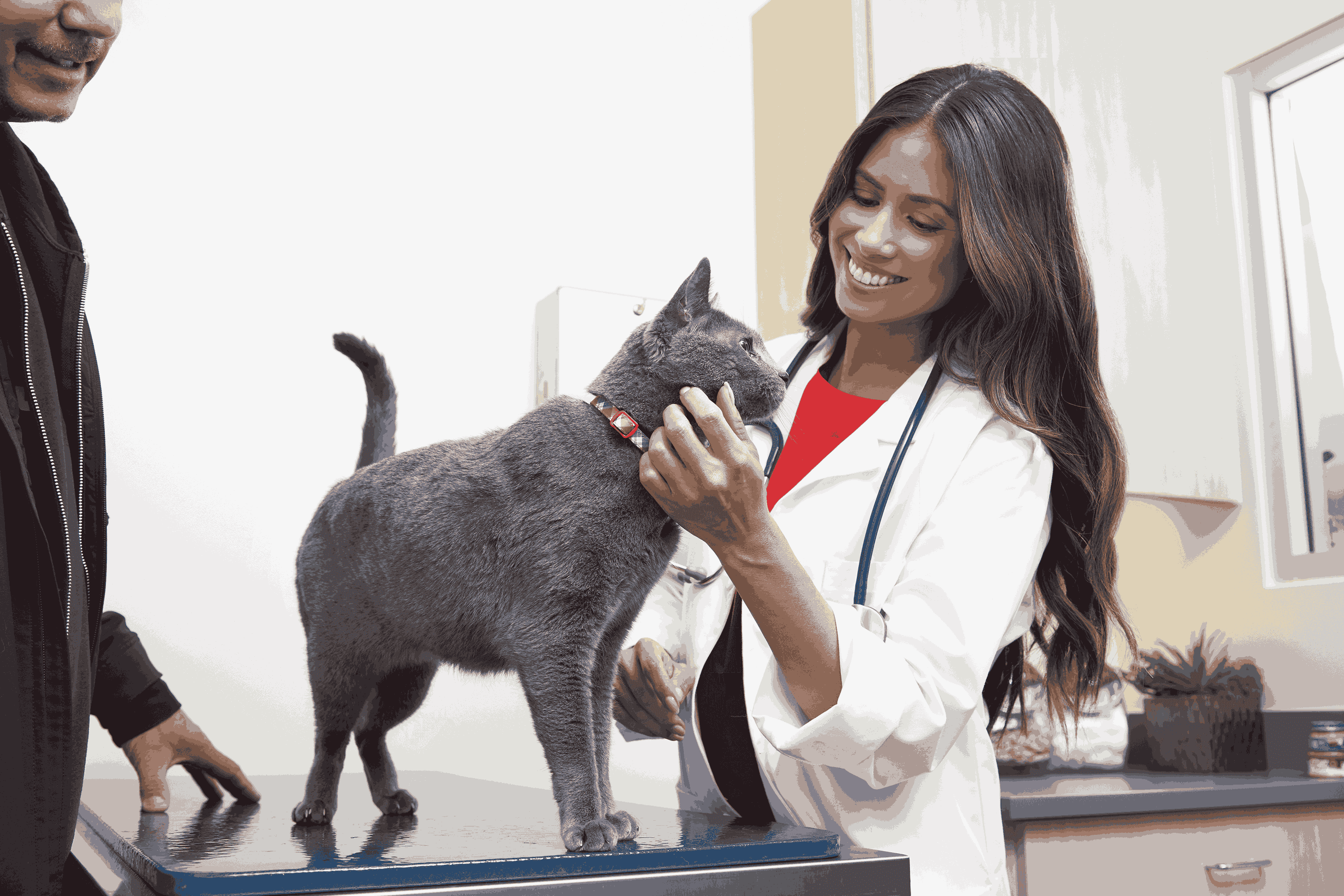Phimosis in Dogs
Phimosis

SUMMARY OF CONTENT
SEVERITY:
-
 Requires a diagnosis by a veterinarian
Requires a diagnosis by a veterinarian -
 Typically resolves after surgery
Typically resolves after surgery -
 Treatable by a veterinarian
Treatable by a veterinarian
VERY COMMON IN
Symptoms & Signs
There may not be any symptoms of phimosis while the pet is small. However, when the pet is fully grown, the narrow opening can prevent them from being able to extend their penis adequately for urination, and urine may pool within the prepuce. This can cause dribbling of urine, infection, and inflammation. Clinical signs relate to urine that gets trapped within the narrowed prepuce. Pets may have irritation around the prepuce from urine scalding. Phimosis also results in unsuccessful mating. These males frequently traumatize themselves during mating attempts, which results in blood dripping from the preputial opening. Once phimosis is identified, neutering is recommended in addition to surgical correction, as phimosis is heritable.
Diagnosis
Diagnosis of phimosis is straightforward. The veterinarian will attempt to push the penis through the preputial opening. If the penis cannot be exposed, the pet will be diagnosed with phimosis. Parphimosis may be diagnosed when a dog experiences an erection and is unable to retract the penis. In these cases, the preputial opening is smaller than optimal but not significantly constrictive.
Causation
Phimosis is a congenital condition where the opening of the prepuce is too narrow to allow the penis to fully extend.
Treatments
AT-HOME CARE
SUPPORTIVE CARE
MEDICATIONS
DEVICES
SURGERY
SPECIALISTS
Cost Of Treatment
Surgery to correct phimosis can range widely. Please consult your veterinarian on how much treatment may cost.
Recovery
Full recovery occurs after surgical correction
Monitoring
Rechecks are not typically necessary.
Prevention
Since phimosis is a congenital disorder, affected dogs should not be used for breeding.
Disclaimer
The information contained on this page is for educational purposes only. Treatment should only be provided under the advice of a veterinarian who has examined your pet under the laws applicable to your state of residence.
Questions about Phimosis

Two Easy Ways to Start Earning Rewards!
Become a member today!Members-only pricing and offers, personalized care notifications, Vital Care points back on every purchase and more!Become a credit card member today!
Earn 2X Pals Rewards points at Petco
when you use Petco Pay!APPLY NOWLearn More About Petco Pay Benefits






